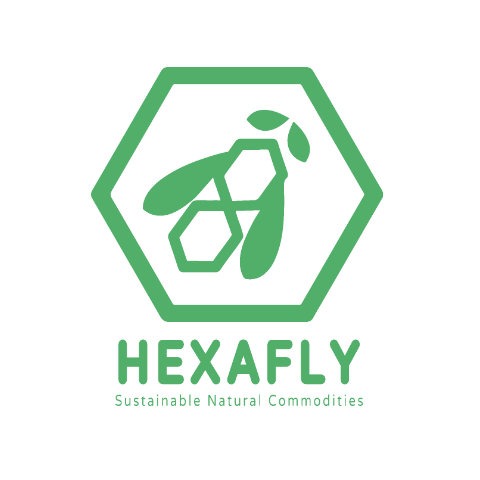![]()
Challenge
With the rapid development of nanomaterials, there is an increasing need for safety assessment in this field. In response to this challenge, POTENTIAL aims to revolutionise nanomaterial safety assessment. This project promises to bring a fresh approach to the current methods and provide innovative solutions that will ensure safer usage of these materials.
Nanomaterials are materials which are engineered on a very small scale, they are constituted by nanoparticles, and are the constitutents of nanotechnologies. Nanomaterials have unique optical, magnetic, electrical and chemical properties, which can make them extremely useful in fields such as electronics, medicine and energy.
Nanomaterials are not intrinsically dangerous, but we do not know yet the full extent of their behavior after being released in the environment. It is therefore important to carry out, for each class of nanomaterials, a thorough risk assessment for potentially dangerous interactions with animals, plants, water, soil and air. This requires us first to describe all the nanomaterials properties (so-called characterization).
Nanomaterials are not intrinsically dangerous, but we do not know yet the full extent of their behavior after being released in the environment. It is therefore important to carry out, for each class of nanomaterials, a thorough risk assessment for potentially dangerous interactions with animals, plants, water, soil and air. This requires us first to describe all the nanomaterials properties (so-called characterization).
Solution
developing a standardised approach for the detection, quantification and characterisation of Advanced Nanomaterials (Ad-NMs) as they interact with complex environmental and biological matrices, such as water sludge or animal tissue.
The expected results are:
– A set of standard protocols for the physico-chemical characterisation of Ad-NMs
– A set of standard protocols for the high-resolution imaging of Ad-NMs
– A set of standard protocols for the nanotoxicity evaluation of Ad-NMs
– An in-vitro 3d cell model for safety assessment of Ad-NMs
– A computational model to maximize grouping and read-across approaches for the safety assessment of Ad-NMs
Impact
The objective of POTENTIAL is to provide comprehensive tools and protocols for the safe and responsible commercialisation of Ad-NMs. The project will enable the chemical industry to gain valuable knowledge and insight into the safety and efficacy of Ad-NMs, as well as to develop safer and more efficient Ad-NMs for industrial applications. The results of POTENTIAL will be an invaluable tool for governments, industry, and consumers alike.
We expect that the diffusion of standardised protocolos for Ad-NMs, and the increased transferability of results between class of nanomaterials will have several positive impacts:
Economic: standard approaches for characterisation will reduce the costs associated to regulatory compliance and regulatory risks, and shorten the time to market for new materials
Environmental: a better understanding of nanomaterials interactions with the environment will support more appropriate regulation and increase safety
Social: better tools for the study of nanomaterials translate in an increased availability of safe-by-design nanotechnologies, with all their potential to increase the quality of life of citizens. Moreover, grouping and read-across contribute to replacement, reduction and refinement of animal testing
Health: new guidelines for establishing the safety of nanomaterials will facilitate the clinical translation of nanomedicine, for example in the transport, targeting and gradual release of drugs
















